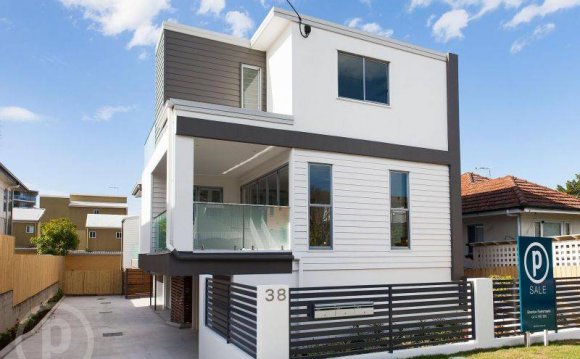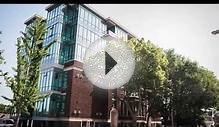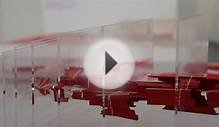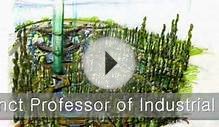
Within the Master in Urban Vision &lifier Architectural Design program, you’ll learn how to picture changes of urban spaces. You’ll are able to propose innovative methods to problems within the fields of recent architecture, landscaping, and concrete planning. And you’ll arrived at comprehend the altering role of designers and concrete designers in various contexts.
This program is workshop-based, based on workshops, lectures, lessons, and fieldwork. Industry professionals, the program leader, and project leaders support students through individual training and project mentorship.
The Actual in Urban Vision &lifier Architectural Design program includes a unique structure among Domus Academy programs: It starts with two courses, then four training courses. It continues using the internship and concludes having a final master’s project.
Courses
Within the courses, you'll study critical research techniques, design theory, proper thinking, and historic and contemporary design practices—all inside the larger context of urban and architectural design studies.
You'll then explore an extensive selection of techniques, tools, and subjects that comprise contemporary urban and architectural projects, analyzing the associations between design practices and also the cultures and contexts they serve.
Training courses
Led by industry professionals and school project leaders, you'll operate in cooperation with leading companies on projects from concept to create, from micro to macro. Additionally, you will evaluate work from a fiscal, marketing, social, and anthropological perspective. Some possible workshop challenges range from the following:
- Create a proper vision for fixing a particular urban problem, moving from the specific intervention to programs inside a wider framework.
- Investigate associations between architecture and concrete planning and related areas of study, for example product design, interaction design, and communication design. Test out mix-disciplinary languages, techniques, and methods.
- Design areas of open spaces that are members of an all natural or extra-urban context or which are put into urban gaps. Significantly assess the landscape elements that should be maintained, re-designed, or regenerated formulate a task proposal that views spatial complexity, social and cultural implications, and environment and energetic issues.
- Create a proposal to have an architectural intervention, with the elements that comprise the urban area surrounding architecture, including physical, cultural, economic, and social factors.
Final Project
Working underneath the guidance of industry professionals when they choose, students must research and write your final set of a subject of the choice, optionally highlighted with three dimensional models. Students explore the function that belongs to them work inside the bigger context from the area, use the ideas and techniques they learned throughout their span of studies, and demonstrate their degree of technical skill. Students present their final project to company reps.
RELATED VIDEO




 Architectural theory is the act of thinking, discussing, and writing about architecture. Architectural theory is taught in most architecture schools and is practiced by the world's leading architects. Some forms that architecture theory takes are the lecture or...
Architectural theory is the act of thinking, discussing, and writing about architecture. Architectural theory is taught in most architecture schools and is practiced by the world's leading architects. Some forms that architecture theory takes are the lecture or...







